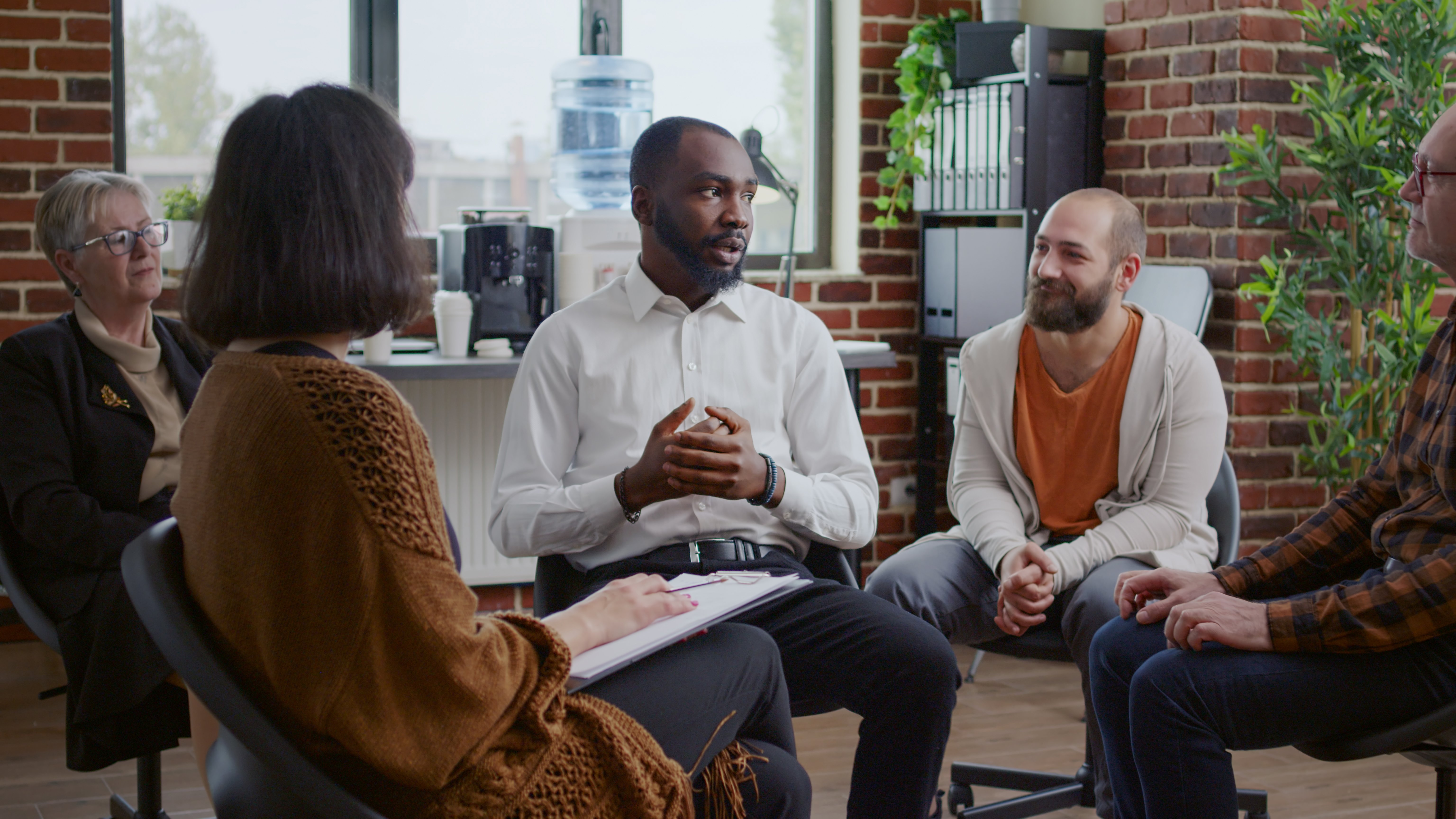In the last edition of our Exploring DEI (Diversity, equity, and inclusion) series, we established that there is both a moral argument and business case for bringing DEI initiatives to the workplace. Many organizations now understand the merits of implementing DEI practices but struggle with the application.
A McKinsey study on diversity and inclusion shows there is a significant overlap between design thinking and the process of implementing DEI. Organizations that already have a design-savvy culture can use design thinking cornerstones such as empathy, human-centered design, collaboration and open-mindedness to make their workplaces more diverse and inclusive.
Founded in 2011, 3D space-capture platform Matterport has been praised for its inclusive workplace culture and rated highly on several prominent company review websites. This blog will showcase how Matterport uses design thinking principles to intertwine innovation, diversity, and business success.
Empathetic leadership
Design thinking principles like empathy help leaders treat their employees fairly because they learn to listen actively, notice trends and focus on behavior to solve problems. When applied to team management, these tactics can help reveal issues that aren’t always apparent to senior leaders.
For instance, Matterport distributes regular employee surveys to keep a pulse on morale. From these surveys, the company plots trends and notices shifts in behavior. They also train workers to recognize and respond to unconscious bias — social stereotypes that individuals form outside their own conscious awareness. In doing so, Matterport provides employees with the tools to execute diversity and inclusion goals.
Extend the impact of empathy in client experience. Learn how to find what your customers truly want through user interviews with ExperienceInnovation™ | Apply, our virtual workshop that teaches you how to use customer feedback to solve the right problem.
Collaborative work environments
Design thinking principles like collaboration help foster a diverse work culture by encouraging ideas from all walks of life. Making every team member feel valued regardless of their position ensures equal opportunity amongst employees and attracts new talent.
Matterport collects qualitative data through listening sessions and surveys to monitor workplace representation. These surveys allow them to assess who makes up their workforce and help identify potential gaps in diversity.

Open-Minded Practices
Design thinking practices help organizations to develop an inclusive mindset. For instance, in design thinking, open-mindedness teaches us to have accessibility in mind when designing a product. When the same philosophy is applied to workplace culture, leaders manage more inclusive teams by keeping access to diverse resources in mind.
In an attempt to scale open-mindedness, Matterport developed several employee advocacy and resource groups. These groups offer a safe environment to foster conversation, share knowledge and express personal identity. Currently, the company has five distinct advocacy groups, including Women of Matterport, Pride of Matterport, Black Employee Resource Group of Matterport, Latines of Matterport and finally AAPI Employee Resource Group of Matterport. As a result of establishing these groups, Matterport noted a drastic improvement in employee sentiment polls on inclusion and belonging.
DEI and Attracting Top Talent
Matterport and many other HCD and DEI-driven companies measure their success by monitoring the talent management cycle.
As workplace culture improves, organizations can keep top talent from leaving and attract new thinkers. DEI and top talent are so tied together for Matterport that the company dedicates most of its careers page to detailing DEI efforts. As DEI practices become more important to job seekers, organizations may consider the initiative necessary for their talent acquisition strategy. Will DEI become the next fundamental workplace standard? Only time will tell.
Keep an eye out for next week’s edition of Exploring DEI where we will be interviewing a Governor General’s Award winner and DEI expert. Stay Tuned!
To learn more about diversity in design, download our free ebook